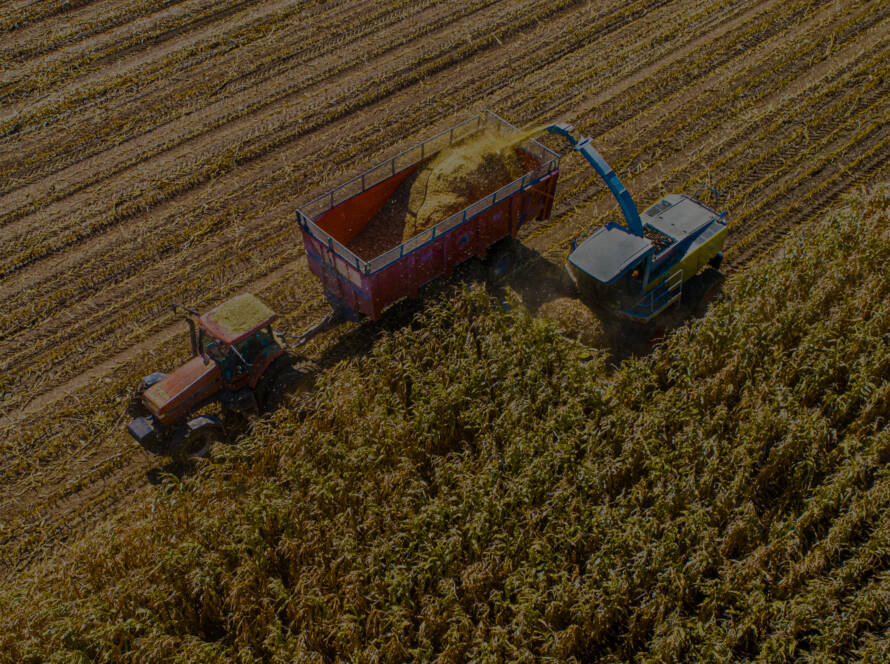In America’s heartland, the story of innovation often begins in the cornfield. After the harvest, what remains – those stalks, leaves, husks, and cobs collectively known as corn stover – has traditionally been viewed as a production leftover. But at FiberX, we see something different: we see potential.
The Power of Agricultural Residue
Our core business today centers on transforming corn stover into high-performance microfibers that significantly enhance the properties of various materials. As we continue to develop and commercialize these applications, our research team is also exploring additional promising pathways for this versatile agricultural resource.
One area of ongoing research and development at FiberX involves investigating how corn stover fiber might enhance traditional materials like PVC (polyvinyl chloride).
The PVC Challenge
PVC has been a workhorse in the materials industry for decades, used in everything from pipes and siding to medical devices. While its durability and versatility are undeniable, traditional PVC often requires additives to improve its strength, reduce weight, improve stiffness and add dimensional stability.
These considerations have manufacturers exploring alternatives that maintain or improve performance while addressing sustainability concerns.
Research Directions: Corn Stover’s Potential
Our research and development team is investigating how corn stover might be processed and integrated with traditional materials to create more sustainable alternatives. Some potential benefits we’re exploring include:
Performance Possibilities:
- Natural reinforcement properties that could enhance strength and rigidity
- Lower weight than fiberglass
- Potential improvements to dimensional stability during manufacturing
- Unique physical characteristics not found in traditional reinforcing materials
Sustainability Opportunities:
- Reducing reliance on petroleum-based components
- Creating additional value from agricultural byproducts
- Potential carbon benefits through the use of renewable resources
- Decreasing usage of non-renewable fillers like talc and calcium carbonate
- Reducing vulnerability to petroleum price fluctuations
The FiberX Approach to Innovation
FiberX corn stover-filled PVC composites are expected to find application in various cases:
- Construction Materials: Decking, fencing, siding, and structural components
- Automotive Components: Interior panels and non-structural parts
- Consumer Products: From furniture to household items
- Industrial Applications: Custom solutions for specialized needs
The FiberX Difference
What sets FiberX apart in the biomass utilization space is our comprehensive approach:
- Vertically Integrated Supply Chain: We work directly with farmers to harvest stover responsibly, ensuring consistent quality and supply
- Advanced Processing Technology: Our proprietary processes transform raw stover into industrial-grade materials
- Customizable Solutions: We’re developing capabilities to tailor our products to meet specific requirements
- Quality Control: Rigorous testing ensures our products meet or exceed industry standards
- Ongoing Innovation: Our partnership with Purdue University keeps us at the cutting edge of biomass utilization
The Future is Growing in the Fields
While our current commercial focus remains on our established FBX Fiber products, we’re continually exploring new frontiers for agricultural residue in materials science. The journey from corn stover to high-performance, sustainable materials is just beginning.
As we advance our research, we’re seeking forward-thinking partners interested in collaborating on next-generation sustainable materials. If you’re interested in exploring potential research partnerships or learning more about our current commercial offerings, we invite you to connect with our team.
The next time you drive past those cornfields of the Midwest, remember: you’re not just looking at America’s food supply – you’re looking at the building blocks of a more sustainable future.
Note: This blog post discusses both currently available FiberX products and ongoing development initiatives. For information about our commercially available FBX Fiber solutions, please visit our Products page or contact our sales team.




